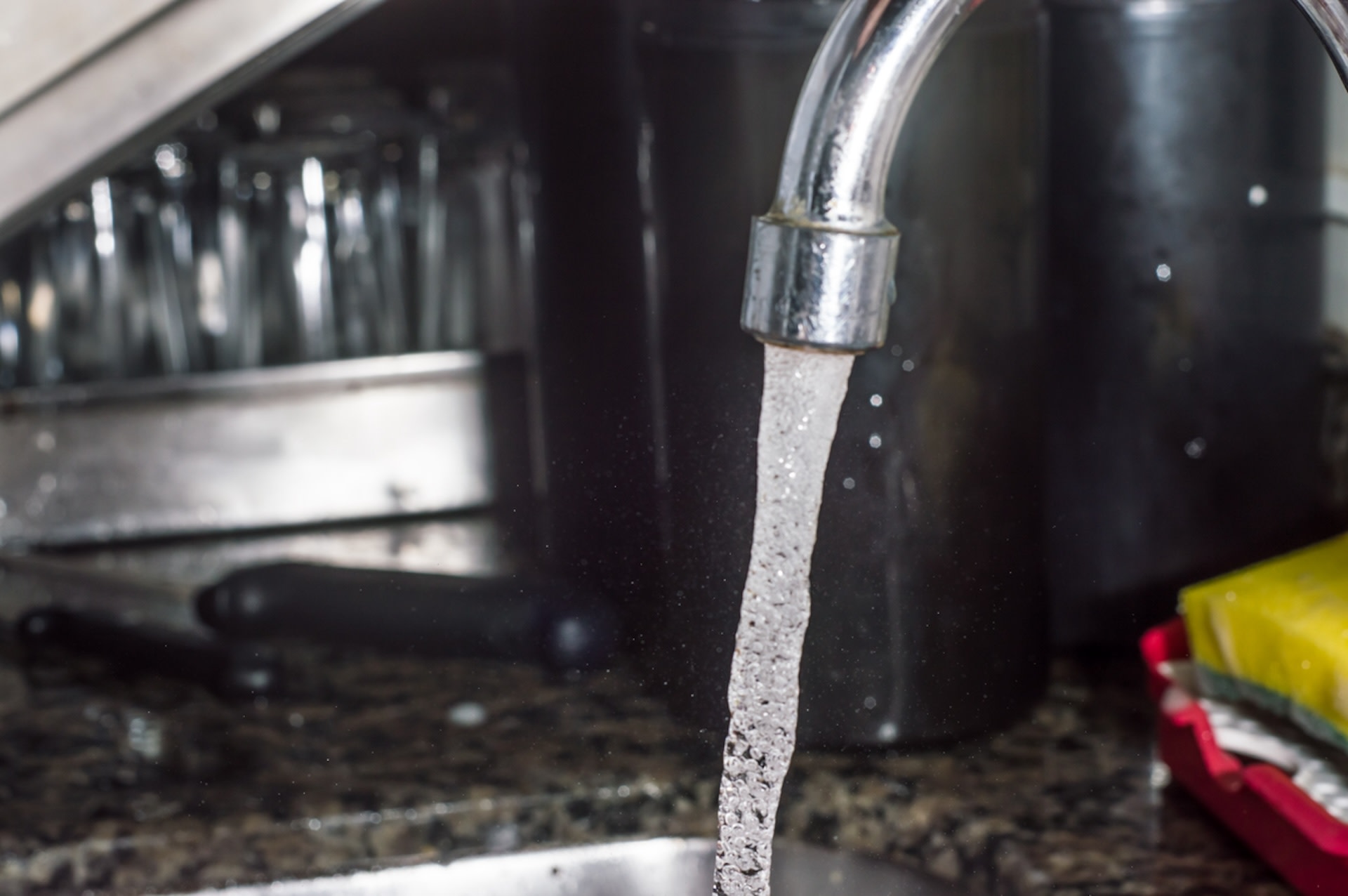A historic and ambitious rule proposed by the Biden administration will have significant health benefits over the next decade.
The Environmental Protection Agency (EPA) submitted a proposal on Nov. 30 that would require the removal of virtually all lead pipes in the United States in the next 10 years. The goal of the imposed restrictions is to prevent another public health disaster like the recent water crisis in Flint, Michigan. The Washington Post described it as "an ambitious effort to protect children and the public from the potent neurotoxin."
"This is like a pediatrician's dream come true," Mona Hanna-Attisha, a Michigan State University professor and pediatrician whose research helped reveal the Flint water crisis, told the Post. "I am overjoyed on behalf of kids everywhere — kids in Flint, in Newark, Chicago, Milwaukee, Washington, D.C., and Jackson and places we know of and don't know of."
According to the New York Times, the proposal would pave the way for the "strictest limits on lead in drinking water since federal standards were first set 30 years ago." If finalized, it would affect nearly 9 million pipes throughout the country.
"This is the strongest lead rule that the nation has ever seen," Radhika Fox, the EPA's assistant administrator for water, told the Times. "This is historic progress."
The problem of lead contamination reached a boiling point in Flint when lead and Legionella bacteria were found in the tap water of about 100,000 residents between 2014 and 2015. The Post noted that predominantly Black and Latino neighborhoods "already face a greater risk of exposure, as lead pipes are more common in neighborhoods with older schools and homes."
The rule changes would have a significant effect in Chicago, Cleveland, and New York, which have the most lead pipes of any cities in the country, according to the Environmental Defense Fund.
The proposal won't be without its fair share of obstacles. The EPA estimates the price of such an undertaking at $20-30 billion over the course of a decade, per the Times. However, the Post notes that "advocates and federal officials estimate the total cost for lead removal at about $45 billion," and "the drinking water industry's estimate runs as high as $60 billion."
There is $15 billion available from the 2021 infrastructure law to help with the costs, but the rest would be absorbed by the nation's utilities and their ratepayers. Tom Dobbins, the CEO of the Association of Metropolitan Water Agencies, urged the EPA to "focus on providing drinking water systems with the resources and tools necessary to achieve this ambitious goal, and working toward eliminating the real barriers that exist for many utilities."
The EPA will be taking public comments on the proposal for 60 days and could make changes to the rule before publishing a final version sometime next year.
Join our free newsletter for cool news and actionable info that makes it easy to help yourself while helping the planet.









